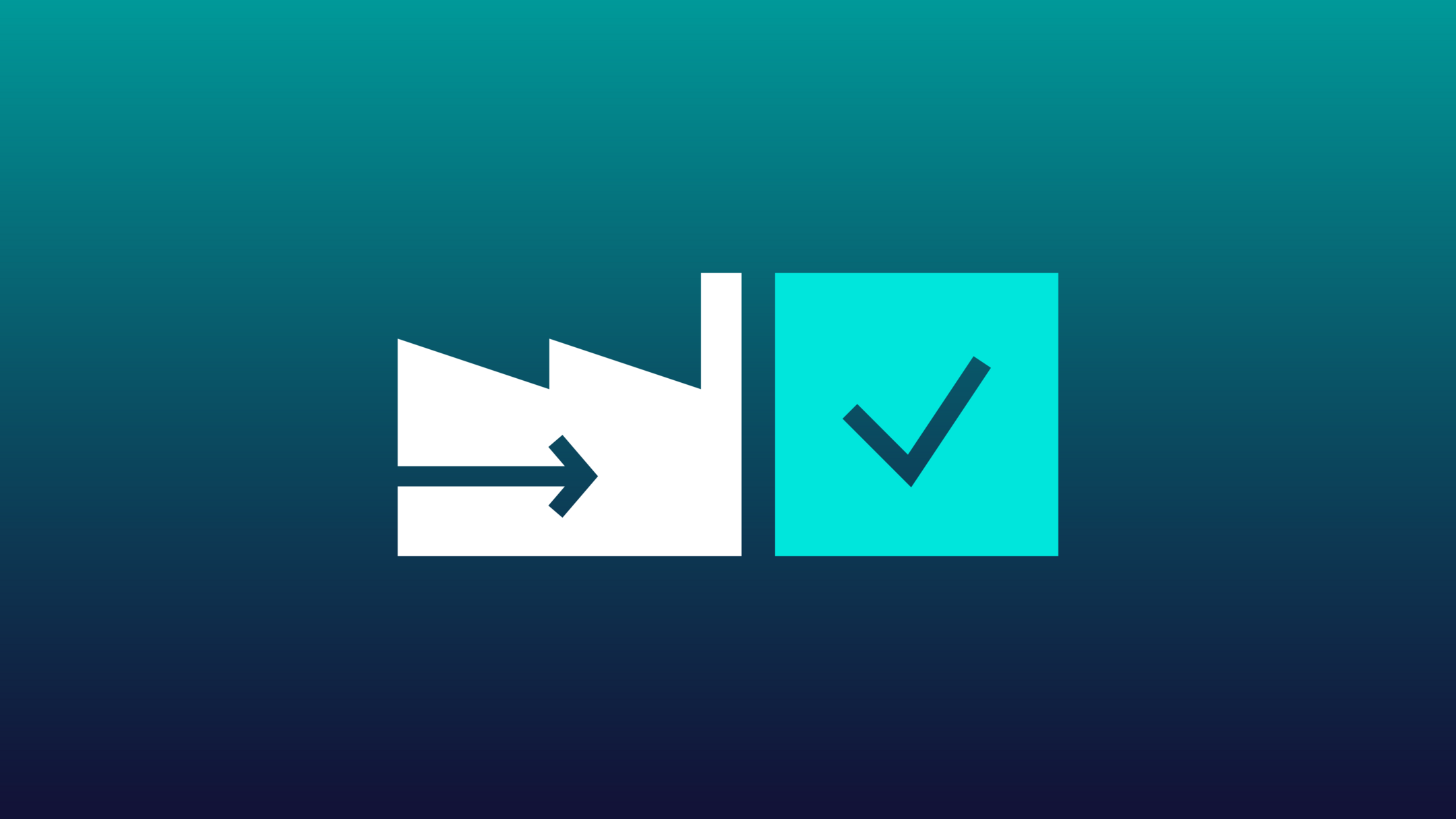IT/OT convergence: optimizing manufacturing

Data is the lifeblood of the modern world. This holds true whether it be in our personal lives or in operation of a 10 billion-dollar gigafactory. However, data itself is not inherently valuable. Rather its value derives from the insights and applications of that data. One of the most important steps to extract value from data is contextualization.
Understanding where the data comes from, what it means, and how the data was collected can be just as important as the data. Within factories, the domain of operational technology (OT) data gathered from machines on the factory floor is often highly siloed. Data gathered in one area is unavailable within another. This reduces the value of the data itself and limits its potential applications. Through IT/OT convergence, it’s possible to bring a smarter, more holistic approach to data collection and analysis that would be impossible through OT practices alone, enabling a greater level of data intelligence. IT provides the level of analysis for large data sets that OT is not engineered to address.
Unlocking the value of Metadata
By connecting top floor to shop floor and everything in between, it becomes easier to understand the various types of data. And now it is possible to improve efficiency at both the micro level and macro level. For example, when looking at the data from a single production line, it might make sense to increase or decrease the rate of production. However, when viewed in the larger context of an entire factory, it might reveal that a change to a production line could actually be counterproductive to overall efficiency.
Breaking down the data silos within the OT world unlocks information such as context and relationship to other data elements. These are all forms of important metadata. With the growing rise of AI in critical industrial applications, having access to high quality training data that can be quickly sorted, understood, and contextualized via metadata is an invaluable asset. Having smarter data is important for non-AI applications as well, making it easier to, for example, sort good and bad data, determine the best method for analysis, or find areas of data deficiency.
By looking at a factory or company holistically, it also becomes possible to optimize it as a complete system rather than separate subsystems. The goal is to align the capabilities of every machine and process with supplier availability and customer requirements to achieve an optimal solution that satisfies the needs of all parties. That is where IT systems come to the fore. They are designed to of collect, collate, and analyze data from every aspect of a business. This generates powerful company-spanning insights.
Achieving sustainability with IT/OT Convergence
As the world continues to feel the impact of the climate crisis, it is increasingly important that companies identify areas of optimization for sustainability. However, in factories, identifying problems and implementing solutions is rarely as simple as it sounds. When considering sustainability, everything from design and manufacturing to the carbon footprint of purchased power and components must be considered.
With such a complex network of interdependent elements in play, there is a strong need for a robust system of data analytics and collection to help guide people to the optimal solution. IT technologies offer an ideal solution to handling this type of multi-faceted, complex data not only in collection, but analytics too. Implementation can also present a major challenge which IT technologies can help address. Check out this blog to learn more.
Greater data intelligence with IT/OT convergence
In today’s highly dynamic environment, it is no longer enough to simply collect data. It must be understood and made to work, rather than simply stored for posterity. By layering the robust data collection and analysis capabilities inherent to the IT world atop the complex and highly custom machines that underpin the industrial world of OT, a true renaissance of innovation can happen. The digital and physical worlds can more closely intermingle, with the digital twin fed by real world data serving as a proving ground to support rapid innovation in the real world, generating a positive feedback loop of data analysis and innovation.
Siemens Digital Industries Software helps organizations of all sizes digitally transform using software, hardware and services from the Siemens Xcelerator business platform. Siemens’ software and the comprehensive digital twin enable companies to optimize their design, engineering and manufacturing processes to turn today’s ideas into the sustainable products of the future. From chips to entire systems, from product to process, across all industries. Siemens Digital Industries Software – Accelerating transformation.


